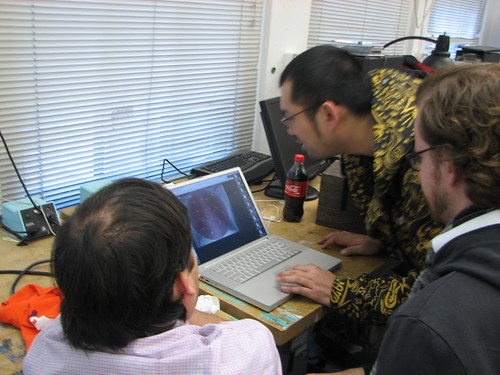
Robert Penner’s Easing Equations have been built into Flash since version 6 or 7 as the Tween class (search your Flash directory for Tween.as). But before those days, we had to do things manually. Penners equations in Actionscript are available for download here, with a nice little application to visualize each one here. This is great for when you need to port tweening into a different language like Processing or Openframeworks…












